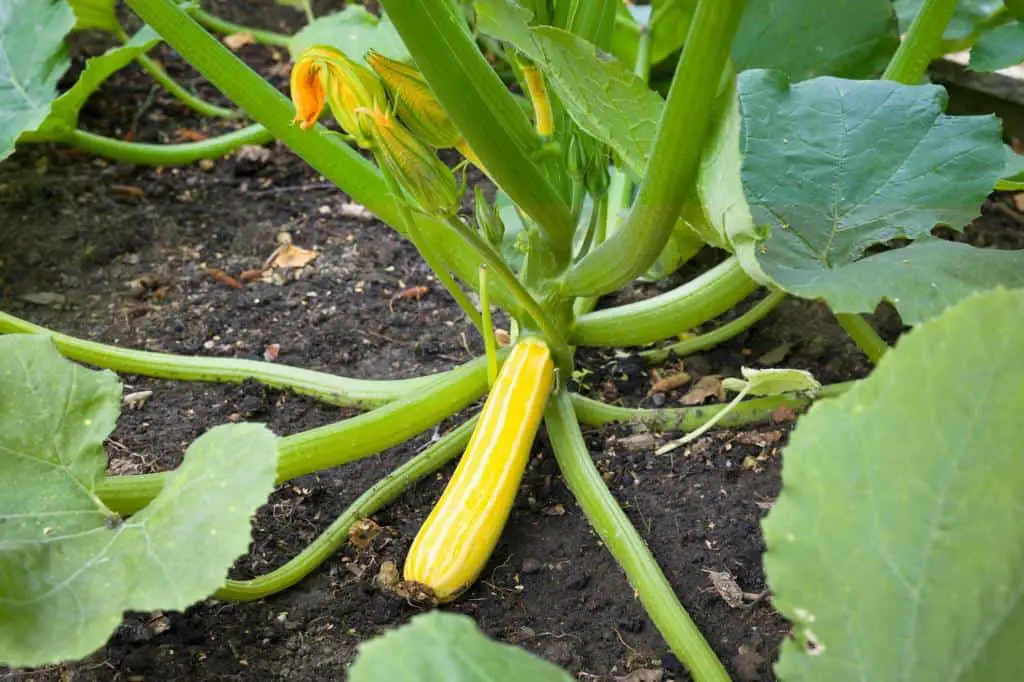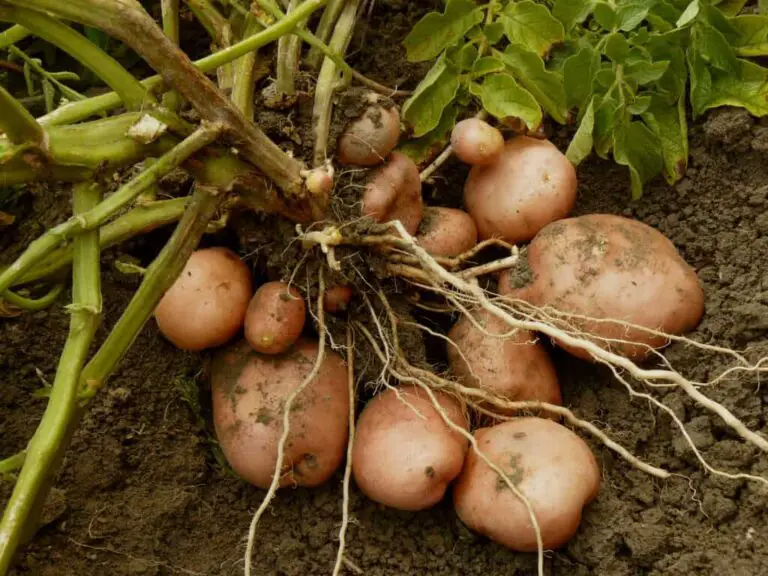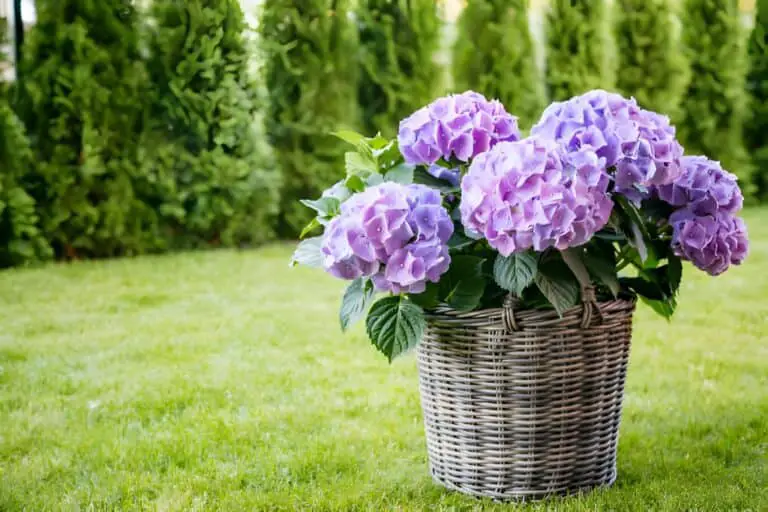When to Plant Zucchini in Melbourne: Optimal Seasons and Tips

Dreaming of a flourishing zucchini patch in your Melbourne garden? Timing your planting just right can make all the difference. Are you wondering when is the perfect time to start?
Zucchini, also known as courgette, is a versatile and prolific vegetable that thrives in the warm climate of Melbourne. Growing your own zucchini can be very rewarding. It provides a lot of fresh produce all season.
In this article, we delve into the optimal seasons and essential tips for planting zucchini in Melbourne. Discover the best times to sow zucchini seeds or transplant zucchini seedlings, along with expert advice on soil preparation, watering, and maintaining your zucchini plants throughout the season.
Understanding Zucchini Growth Requirements
Before discussing planting times, we must know growth requirements of zucchini. This warm season crop loves the sun and requires well-drained, fertile soil to thrive.
Basic Growth Needs
- Sunlight: Zucchini plants need full sun, meaning at least six to eight hours of direct sunlight each day.
- Soil: They prefer well-drained soil rich in organic matter. A slightly acidic to neutral pH (6.0-7.0) is ideal.
- Water: Consistent moisture is crucial, especially during flowering and fruiting stages. However, avoid waterlogging the soil to prevent root rot.
- Space: Zucchini plants are sprawling by nature and need ample space to grow. Allow about 1 meter between each plant.
Optimal Planting Seasons in Melbourne
Melbourne’s temperate climate allows for two zucchini planting seasons: spring and early summer. Timing your planting correctly is vital for a healthy crop.
Spring Planting
Spring is the most common time to plant zucchini in Melbourne. The soil begins to warm up, and the risk of frost diminishes, providing an ideal environment for young plants to establish themselves.
- When to Plant: Late September to November.
- Soil Preparation: Ensure the soil temperature is consistently above 15 °C. You can use black plastic mulch to warm the soil if needed.
- Benefits: Spring planting leads to a long growing season. It gives plants time to mature and produce multiple harvests.
Summer Planting
For those who missed the spring planting window, early summer is another suitable time to plant zucchini.
- When to Plant: December to January.
- Considerations: Summer planting is harder due to heat and possible water stress. Regular watering and mulching can help mitigate these issues.
- Benefits: Summer-planted zucchini can yield a good harvest if cared for.
Steps for Planting Zucchini

Seed Starting
Starting zucchini from seeds is straightforward and economical. Seeds can be sown directly into the garden or started indoors.
- Direct Sowing: Plant seeds directly into the soil once it has warmed up. Sow seeds about 2.5 cm deep and 60-90 cm apart.
- Indoor Starting: Start seeds indoors 2-4 weeks before the last frost date. Use peat pots or seed trays with a high-quality seed starting mix. Transplant seedlings into the garden when they have at least two sets of true leaves and the danger of frost has passed.
Transplanting Seedlings
If you choose to buy zucchini seedlings or start them indoors, careful transplanting is essential to avoid zucchini transplant shock.
- Harden Off: Gradually acclimate seedlings to the outdoors. Place them outside for longer periods each day for a week.
- Planting: Transplant seedlings into the garden, ensuring the root ball is planted at the same depth it was in the pot. Water well after planting to help establish roots.
Soil Preparation
Proper soil preparation is crucial for healthy zucchini growth.
- Test the Soil: Check the soil pH and nutrient levels. Amend as necessary with compost or organic matter.
- Till the Soil: Loosen the soil to a depth of about 30 cm to ensure good root penetration.
- Add Mulch: Apply mulch around the plants to retain soil moisture and suppress weeds.
| Related: How Long Do Zucchini Seeds Last and Still Good? |
Caring for Zucchini Plants
Watering
Zucchini plants require regular watering to thrive, particularly during dry spells. Aim to provide about 2.5 cm of water per week, either through rainfall or supplemental irrigation. Water deeply and at the base of the plants to encourage deep root growth and minimize foliar diseases.
Fertilizing
Regular feeding supports vigorous growth and prolific fruiting.
- Before Planting: Incorporate a balanced fertilizer or compost into the soil.
- During Growth: Use a side-dressing of compost or a balanced liquid fertilizer every 3-4 weeks during the growing season.
Pest and Disease Management
Zucchini plants are relatively hardy but can still be affected by pests and diseases.
- Common Pests: Watch for squash bugs, cucumber beetles, and aphids. Use organic pest control methods like neem oil or insecticidal soap.
- Diseases: Powdery mildew and bacterial wilt can be problematic. Ensure good air circulation, avoid overhead watering, and remove any affected plant parts promptly.
Harvesting Zucchini
Knowing when and how to harvest zucchini is key to enjoying this versatile vegetable at its best.
- When to Harvest: Zucchini is best harvested when it is 15-20 cm long. Smaller zucchinis tend to be more tender and flavorful.
- How to Harvest: Use a sharp knife or garden shears to cut the fruit from the plant, leaving a small portion of the stem attached. Regular harvesting encourages the plant to produce more fruit.
Table: Zucchini Planting and Care Schedule
| Task | Timing | Details |
| Soil Preparation | Early Spring | Amend soil with compost, check pH, and till thoroughly |
| Seed Starting | Late September to November | Sow seeds 2.5 cm deep and 60-90 cm apart |
| Transplanting Seedlings | After last frost date | Harden off seedlings and plant with care |
| Watering | Growing season | Provide 2.5 cm of water per week, water deeply |
| Fertilizing | Every 3-4 weeks | Use balanced fertilizer or compost |
| Pest Control | As needed | Monitor and treat for pests organically |
| Disease Management | As needed | Ensure air circulation, avoid overhead watering |
| Harvesting | When fruits are 15-20 cm long | Cut fruit with a sharp knife, leave stem attached |
Tips for Maximizing Zucchini Yield
Companion Planting
Companion planting can enhance the growth and productivity of your zucchini plants. Good companions for zucchini include:
- Beans: These add nitrogen to the soil, benefiting zucchini growth.
- Nasturtiums: These flowers deter pests like aphids and squash bugs.
- Radishes: These can help repel cucumber beetles.
Mulching
Mulching keeps soil moist, suppresses weeds, and stabilizes soil temperature. It is an effective practice. Organic mulches like straw, grass clippings, or compost are excellent choices.
Pruning
Pruning zucchini plants can improve air circulation and reduce the risk of disease. Remove any yellowing or diseased leaves. Trim excessive foliage to let in more light and air for the developing fruits.
Successive Planting
To extend your zucchini harvest, consider successive planting. Plant a new batch of zucchini seeds every two to three weeks during the planting season. This ensures a continuous supply of fresh zucchinis throughout the growing season.
Common Problems and Solutions
Despite their hardy nature, zucchini plants can face several challenges. Here are some common issues and how to address them:
Blossom End Rot
This zucchini blossom end rot condition is caused by calcium deficiency and irregular watering. To prevent it:
- Consistent Watering: Ensure the soil stays evenly moist.
- Calcium Supplement: Add calcium to the soil if needed, either through lime or bone meal.
Poor Pollination
If your zucchini plants are producing flowers but no fruit, it might be due to poor pollination. Encourage pollinators by planting flowers nearby. Or, hand-pollinate the flowers with a small brush.
Powdery Mildew
This fungal disease appears as white, powdery spots on leaves. Prevent it by ensuring good air circulation, watering at the base of the plants, and applying a fungicide if necessary.
Conclusion
With the right knowledge and timing, growing zucchini in Melbourne can be a delightful, productive garden project. You can enjoy a bountiful harvest of fresh, delicious zucchinis. To do this, know the best planting seasons, prepare the soil, and provide consistent care.
Whether you plant in the spring or early summer, following these guidelines will help you achieve optimal growth and yield. Embrace the joys of gardening and savor the rewards of your labor with an abundance of homegrown zucchini. Happy gardening!






